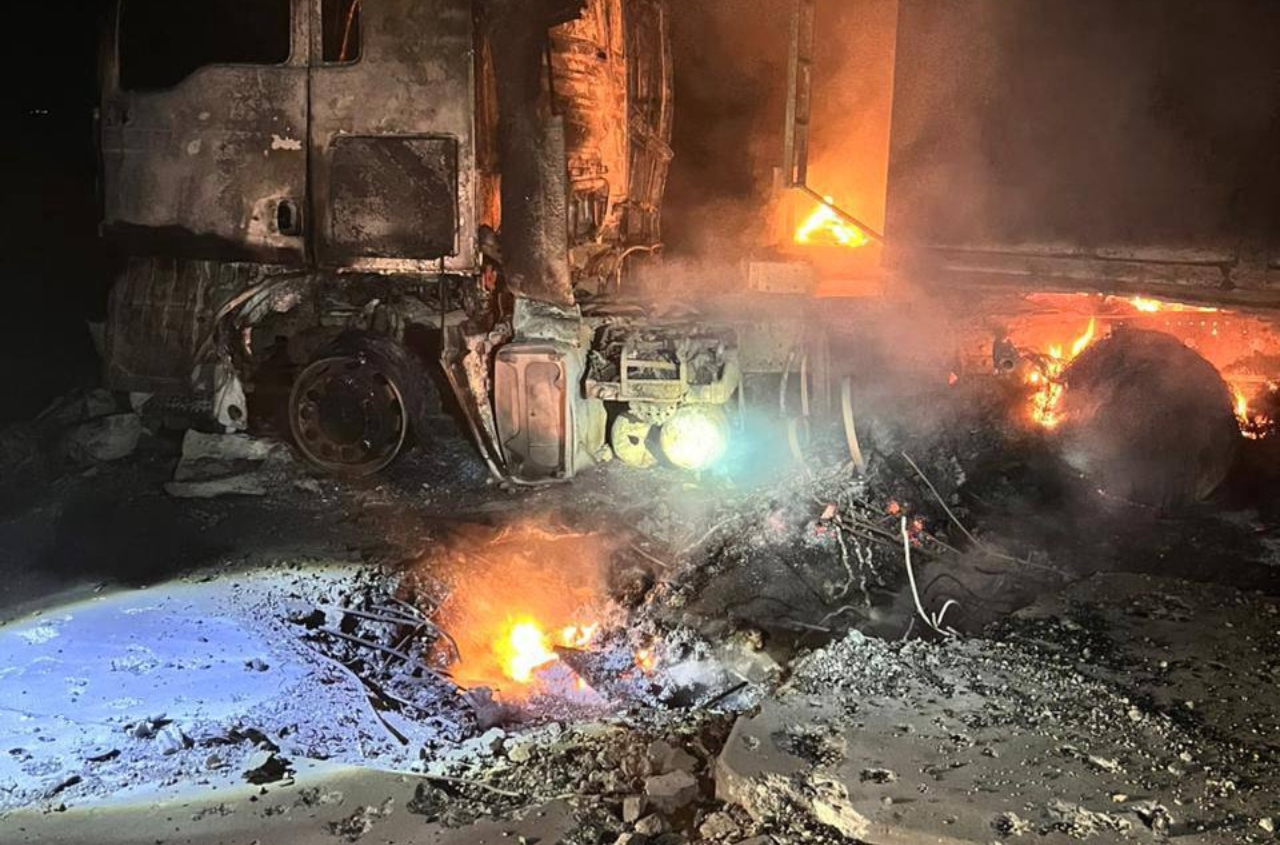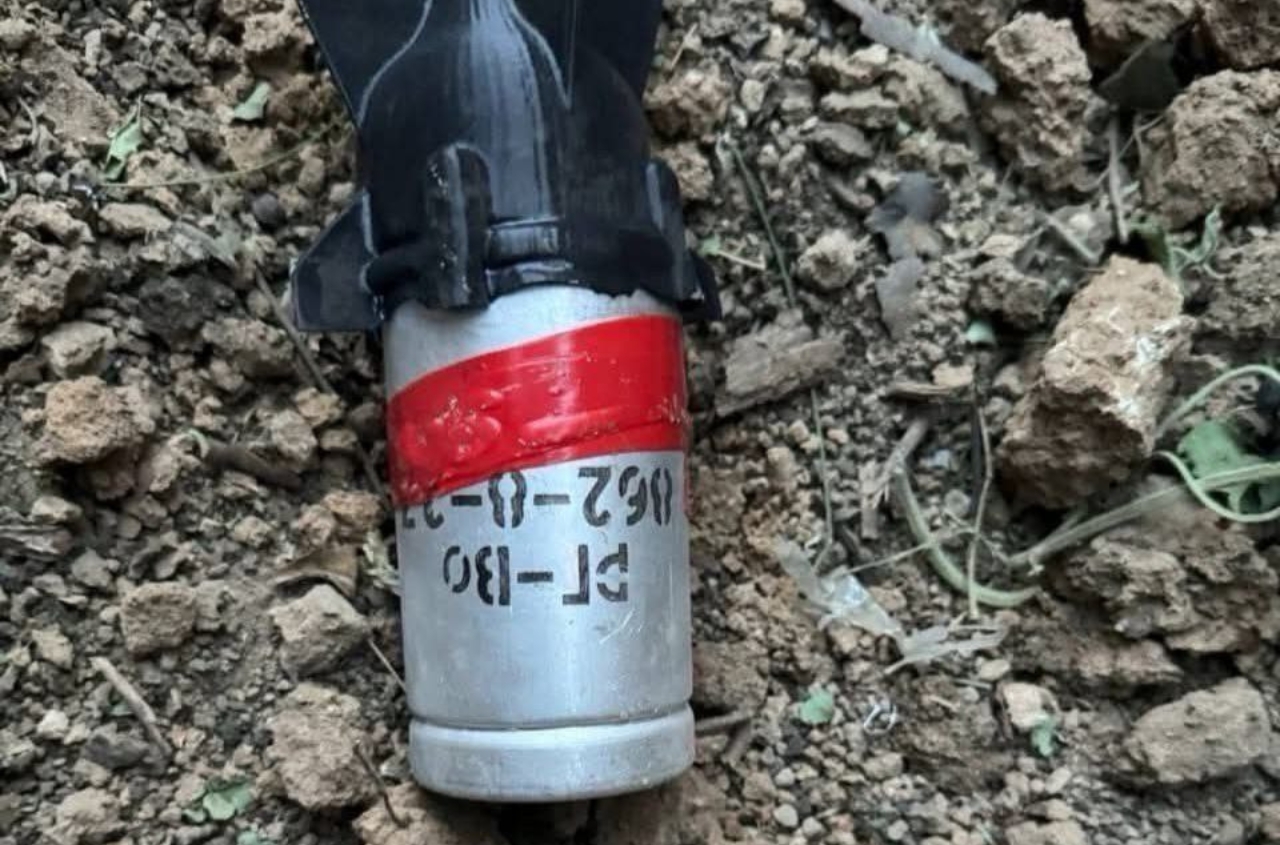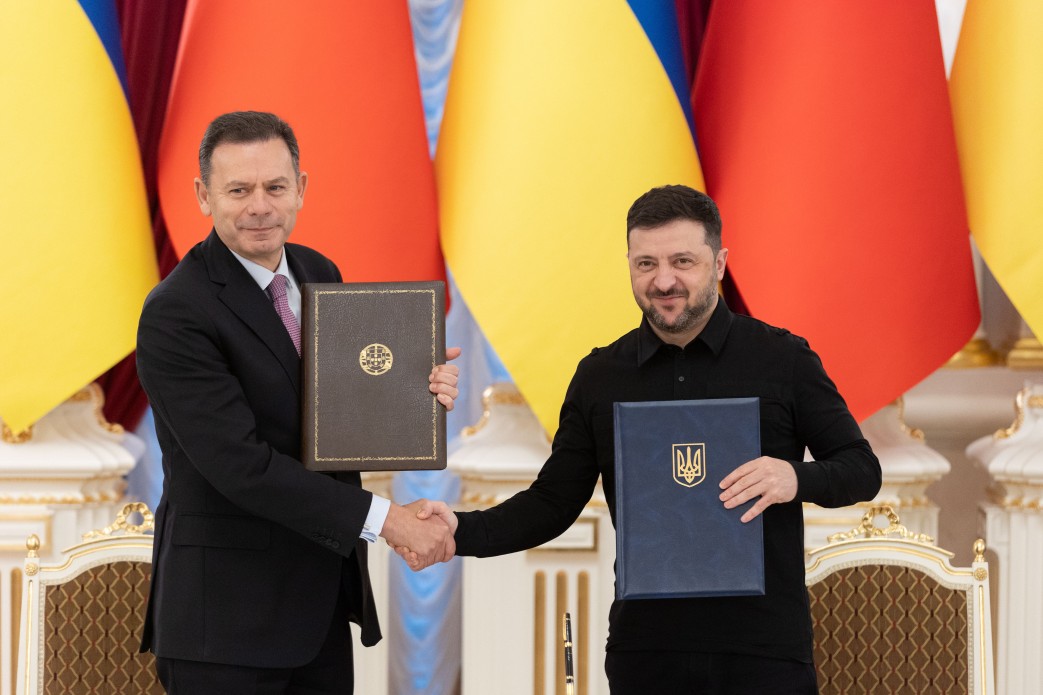Another aspect of the situation in the Kursk region that resonates with the sensitive Russian soul: the 1000 square kilometers controlled by the Ukrainian Armed Forces is the only Russian region in Russia that has been liberated from Kadyrovites.
In the complexity of Russian reality, there is a deep-seated issue that is carefully suppressed but continues to exist. Sooner or later, it will come to the surface.
- From the perspective of long-term trends, Russians in Russia are in trouble. The number of Russians is decreasing both in absolute and relative terms.
Officially, the demographic structure of Russia is 70% Russians / 30% non-Russians. De facto, the situation is worse. How much worse is hard to determine due to numerous manipulations. The real figures are closer to 60-65% / 40-35%.
On one hand, it's unknown how many migrants from Central Asia and (to a lesser extent) China have settled in Russia.
On the other hand, given the poor figures, everyone who did not manage to evade is counted as Russian.
For example, between 2010 and 2021 (including occupied Crimea), the proportion of Russians in Russia officially decreased by 5.5 million people (from 77.7% to 71.7%). At the same time, the number of Ukrainians decreased by half (!!!) – by more than 1 million people. These people did not disappear; they were reclassified as "Russians," which is evident in Crimea.
Without Crimea and manipulations with Ukrainians, the number of Russians decreased by about 7 million. This is roughly 6.5-7% of the ethnic Russian population in Russia. Birth rates among Russians are declining while remaining high in national republics.
This is all before the full-scale invasion. Losses in Russia (killed, irreversibly displaced, unborn) are certainly over 1 million. The majority of those killed are Russians.
The situation with temporarily occupied Ukrainian population cannot be unequivocally interpreted in favor of the Russians. This is a very peculiar population.
As a result, with natural growth and birth rate trends, within a generation, the ratio of Russians to non-Russians in Russia will be approximately 50/50. But with one important clarification – the non-Russian population will be young, active, and assertive, while the Russian population will be aging and defensive.
- By attacking Ukraine, Putin created huge problems for Russians.
Increasingly, at various levels, there is an awakening: regardless of the outcome of the war, Russians will face significant pressure. All blame will be placed on them (it won't be placed on Buryats or Yakuts, will it?). They will be hated by everyone and, if possible, seek revenge. And this is programmed for decades to come.
And since this is weakening material, in a "Russians versus everyone" situation, Russians in Russia have no chance of a favorable outcome. Under Putin and his regime successors – certainly not.
From the example of Chechnya, Russians know what will happen to them in all national republics of the Russian Federation. And very soon.
Therefore, it is objectively in the interests of Russians as a people to:
- exit the war as quickly as possible and
- resolve issues with Ukrainians (citizens of Ukraine), as the largest and most militant group that will definitely seek revenge.
- A year ago, there was a very vivid moment that many noticed, but in Russia itself, the interpretation stopped.
Kadyrovite fighter Apti Alaudinov (before Kursk, he was actively promoted as one of the options for replacing Kadyrov; there may be nuances now) stated directly on one of the federal channels: Russians need to have more children, otherwise, control over Russian territory will be lost.
It might seem – what does it matter to him what happens to Russians?
The nuance lies in who Russians are in contemporary Russia.
They are not a people – they are a proxy structure. The difference is that a people is a self-valued entity with its own interests. A proxy structure is a means to serve someone else's interests, often to its own detriment.
The role of Russians in the empire (while they are physically more numerous) is to provide some legitimacy for control over resources and to convey managerial signals.
Kadyrov has a certain quota of access to manage the proxy structure of “Russians.” Through this, he rises to the federal level and can "legitimately" advocate for interests in various regions and sectors.
Without this access, Kadyrovites would become one of the ethnic gangs, not the most numerous or resourceful.
It is no coincidence that federal dissatisfaction in Russia is directed against Tajiks and Uzbeks, as well as their structures (associations, etc.). As soon as the conditional Uzbeks fully legalize their structures and can quickly convert migrants into Russians, Kadyrovites will be alarmed.
Nominally, there are 323,000 Uzbeks in Russia (slightly more Tajiks – 350,000). However, there are many more of both in Moscow alone. The total number of Chechens (and Kadyrovites are far from all of them) is 1.6 million.
Hence, Kadyrov’s primal fear for the survival of his clan in the future, attempts to secure himself at the federal level, and preserve his personal army. They are relatively secure as long as they are feared. If that fear diminishes, and their leverage decreases – trouble awaits. The UAE is not a bottomless pit.
- Against this backdrop, weak voices in Russia are emerging, noting this moment. If we strip away the verbal rhetoric and various imitations, the main enemy of the Kremlin in Russia are Russian nationalists.
This segment of Russians asserts that the Russian people can have goals other than expansion, dominance over other peoples, and dying for the tsar and the Fatherland.
These are precisely the Russians the Kremlin is systematically exterminating. The FSB is actively creating fake structures to identify and suppress Russian non-imperialists in their infancy.
All this is accompanied by colorful performances led by Gundyaev and other purveyors of "grandeur," who solve a single task: to ensure that thoughts about the real interests of the Russian people, which wander in the minds of individuals, do not seize any significant masses. And that no structuring occurs around any uncontrollable entity.
For then, the real action will begin.
- Ukrainian troops in Kursk visibly show that it is possible to find a way to deal with Kadyrovites and make them pathetic. Videos showing Ukrainian soldiers treating Russian conscripts better than Kadyrovites have already found an audience and have an impact.
The entry into Kursk also raises the question: do the dying Russians in Kursk/Smolensk/Bryansk/Orel/Pskov and elsewhere need to fight Ukrainians?
For what purpose?
For the "New Chersonesus" (which I’ll write about in more detail when I get the chance)? For the devastated Donbas, which Russia will never restore even remotely?
In one video, whining displaced people complain to the tsar that they have sent their husbands/sons to war (in our database, 2 killed from Sudzha), support the army, and are loyally supportive, yet face such a calamity. For what? There is a small step left – perhaps all this was in vain, and it shouldn’t have been done?
All of this is still far from mainstream. And Russian propaganda skillfully suppresses such thoughts, diverting attention and creating artificial enemies. But decay exists, natural interests do not disappear. Their realization may break through at the most inconvenient time for the Kremlin.
The facts prove that the enemies of Russians are not in Ukraine but in Moscow.
Moscow fights Ukrainians with Russians and against Ukrainians, against the interests of the Russians themselves.




















